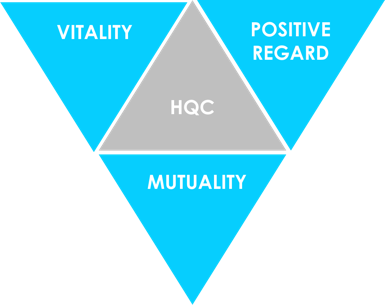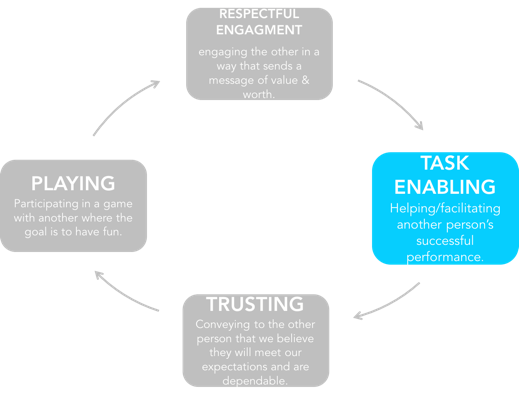Connectivity, one word which describes a key driver of our modern lives. The influence of Facebook, Instagram, LinkedIn is everywhere, how much time do people spend creating connections online, selling an image, a brand, a lifestyle? Our world is all about creating connections to gain social standing or to create opportunities. Ironically, we spend less time, especially as leaders reflecting on the quality of the connections we create in the workplace, and yet those relationships and connections will have a greater impact on your daily lives and your professional success.
Every organisation is a series of networks which have been created for: information sharing; knowledge sharing; supporting action; and, to provide support to employees, etc. The strength and ability of each network is directly related to the quality of its connections. The higher the quality of the connections the stronger, more agile, more adaptive that network is likely to be. From a leadership development perspective, Dr Jane Dutton from the University of Michigan’s Ross School of Business, is of the opinion that positive leaders create a greater frequency of high quality connections (HQC) during their daily routines. She refers to HQCs as ‘short term connections in which both people experience vitality, positive regard, and mutuality’.

HQCs are important and certainly the significance of a leader generating a greater frequency of HQCs cannot be underestimated because Dr Dutton’s research indicates that they:
- Build strength and capacity in individuals, teams and organisations
- Increase capacity to think and be creative
- Increase physiological health
- Increase your capacity to adapt and be resilient
So the importance we place on generating connectivity outside of our work space now needs to be applied in the office.
Working with a client during a recent workshop where the importance of generating a greater frequency of HQCs was strategically important for the direction in which they were going, one key component of HQCs became our focal point. Examining the volume of competing demands for a high performing team’s attention from multi stakeholders, MUTUALITY became an exceptional reference against which this executive team could assess the impact of the products and services they were offering to their client base and whether or not they, as a business, were getting a ROI that worked for them. Mutuality, the derived benefit or valued goods that both parties deliver during an interaction/connection is something that can be overlooked. Yet, fundamentally if either party feel that unsatisfied when they ‘walk away’ from an interaction, what is the likelihood of repeat business? What is the likelihood of a sustainable and positive relationship? Delivering a space where mutuality across all their internal and external relationships could be examined provided some exceptional insights, not just into future growth areas, but also regarding resource allocation, and content delivery. Essentially, it became apparent that through a conscious awareness of HQCs, not just leaders, but all team members, can build a generative and positive work environment with strong client relationships.
Dr Dutton identifies 4 pathways to HQCs:

A positive leader seeks to generate more HQCs. It is not just a matter of theory but also the direct application in their day to day lives. In Serrano 99 we ensure, with our positive leadership development services, that we blend theory with 1st person experience so that leaders can apply it from day 1 and experience the impact for themselves. Furthermore, we work with teams and organisations examine how HQCs have the potential to impact their business through collectively examining key relationships (internal/external) and the formal elements of their work/organisation (practices, strategies, etc).

